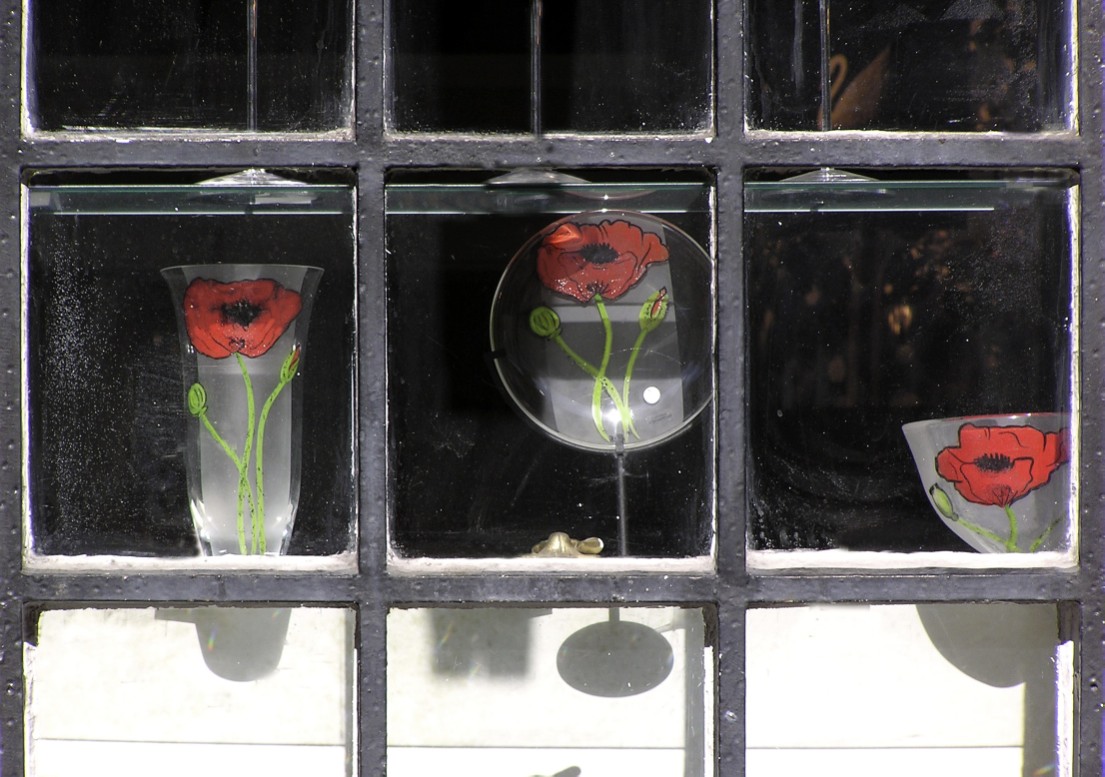
Paradoxically, at the point when someone is fully appreciated and reaffirmed they tend to live up to their newly acclaimed talents and drive—just as they will live-down to their depreciated sense of self if constantly criticized and undervalued. Carl Rogers suggested many years ago that people are least likely to change if they are being asked to change and are most likely to change when they have received positive regard–what I would identify as appreciation.
There are essentially two ways in which we come to appreciate our own distinctive strengths: through self-perception and through the perceptions of other people. As you may have already noted, these are also the primary ingredients of the Johari Window. Our self-perceptions of strength are based on the processes of reflection upon our own impact on the world in which we live and work, and comparisons we draw with other people who are also having an impact on this world. The perceptions of other people are made known to us through direct or indirect feedback. In some cases we know of our strengths. In other cases we do not. Similarly, in some cases other people know of our distinctive strengths. In other cases they do not.
Given this scheme, there are four possibilities, which we can diagram as a four pane Window of Strength (a variant on the Johari Window). First, some of our strengths can be known to ourselves and by other people. These are public strengths. Second, we might personally be aware of other strengths that we posses; however, other people might not be aware of these strengths. These are our protected strengths. We may be aware of them, but they are rarely of much value to us, given that others never see them being used. The third possibility is one in which we are not fully aware of a distinctive strength we possess, whereas other people are aware. These are opaque strengths. These strengths are also of little value to us until we have become fully acquainted with them. Finally, there are strengths we possess that have never been acknowledged by anyone—including ourselves. These are potential strengths. They represent the edge of growth and development.






